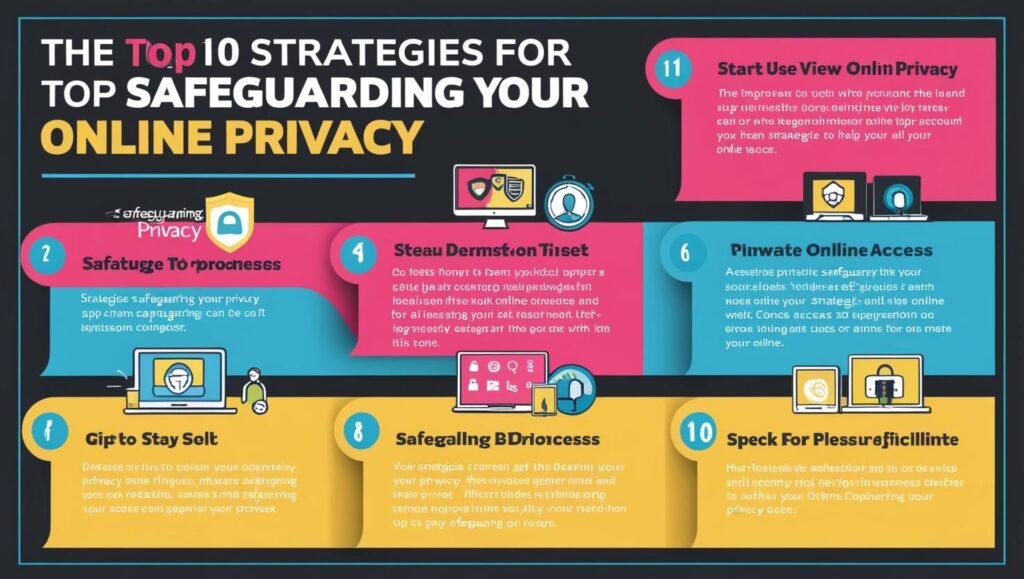In an increasingly digital world, safeguarding one’s online privacy has become an imperative task for individuals and businesses alike. As we navigate through the vast expanse of the internet, the risks of data breaches, identity theft, and personal information exposure grow exponentially. In this article, we will explore the top 10 strategies you can implement to fortify your online privacy, ensuring your personal and sensitive information remains secure.
Unveiling the Top 10 Online Privacy Strategies
The first strategy to safeguard your online privacy is the use of strong, unique passwords for each of your accounts. Passwords serve as the first line of defense against unauthorized access. It’s crucial to create complex passwords that combine upper and lower-case letters, numbers, and symbols. Additionally, using a password manager can help you keep track of your passwords securely, enabling you to generate and store strong passwords without the hassle of memorizing them all.
Another vital strategy is enabling two-factor authentication (2FA) wherever possible. Two-factor authentication adds an extra layer of security by requiring a second form of verification beyond just your password. This could be a code sent to your smartphone or an authentication app. This means even if someone gets hold of your password, they would still need the second factor to access your accounts, significantly reducing the risk of unauthorized access.
Regularly updating your software and devices also plays a critical role in maintaining online privacy. Software updates often include patches for security vulnerabilities that cybercriminals could exploit. By ensuring your operating systems, browsers, and applications are up to date, you protect yourself from known threats. This strategy not only applies to computers but also to smartphones and other internet-connected devices that are part of your digital life.
Essential Tips to Protect Your Digital Footprint
Limiting the amount of personal information shared online is another effective way to protect your digital footprint. Be mindful of the details you post on social media and other online platforms, as oversharing can provide cybercriminals with information used for phishing attacks or identity theft. It’s wise to review the privacy settings of your social media accounts and adjust them to ensure that only trusted contacts have access to your personal information.
Using encrypted communication tools is also a recommended strategy for enhancing your online privacy. Applications like Signal or WhatsApp offer end-to-end encryption, ensuring that only you and the person you’re communicating with can read the messages. Encryption safeguards your data from being intercepted by third parties, providing you with a secure communication channel.
Lastly, consider using a virtual private network (VPN) to mask your IP address and encrypt your internet connection. A VPN creates a secure tunnel for your data, making it difficult for hackers or snoopers to track your online activities. This is particularly useful when using public Wi-Fi networks, which are often unsecured and a hotspot for cybercriminal activities.
Protecting your online privacy requires a proactive approach, as threats continue to evolve in complexity and frequency. By implementing these top 10 strategies, you can significantly reduce the risk of personal data breaches, unauthorized access, and identity theft. As technology advances, staying informed about the latest privacy measures and adjusting your strategies accordingly will ensure your digital life remains secure. Remember, safeguarding your online presence is not a one-time task but a continuous process of vigilance and adaptation.


